Riga Ghetto and Latvian Holocaust Museum Museum

The Riga Ghetto and the Latvian Holocaust Museum is located in Riga close to the Riga Central Market and the Riga Central Station. The museum was opened in 2010 on the site where the city's warehouses once were. It is located in the historical part of the city, next to the border of the former Jewish ghetto. The territory of the ghetto is unique, because in terms of architecture it has not changed since World War II. It is a memorial dedicated to the tragedy suffered by the Jewish people. The German policy regarding the Jewish population in Latvia until the end of 1939 was for the German diplomats and politicians to try and pressure the Latvian government to take action against the Jews by restricting their freedom. After the emigration of the Baltic Germans in 1939, the German embassy no longer had as good an access to information on the mood of the population and the events happening in Latvia as before. When the Red Army occupied Latvia, they manipulated the society to gain some support of the Jewish population for the new occupying power. However, after the regime started a crackdown on the society as a whole, the support fell rapidly. As a result of all this, a deep divide had formed between the people. And later on, the next regime – Germany – tried to exploit it. They hoped that the local population would harass and attack the Jews, but that did not happen. So, Germany adjusted their approach and devised a new plan to initially establish a Jewish ghetto and later destroy its inhabitants.
Used sources and references:
Official website of the Riga Ghetto Museum. Available: www.rgm.lv [Accessed: 20.03.2021.].
Dribins, L. Jews in Latvia (Second supplemented edition). Riga: Elpa, 2002.
Kangeris, K. Third Reich documents on the situation of Jews in Latvia. Holocaust research in Latvia. Riga: Latvian Institute of History, University of Latvia, 2004.
Your comments
Related stories
Memories about Žanis Lipke
The Soviet occupation was followed by the German occupation. The Nazis committed crimes against the inhabitants of Latvia. One of these ethnic groups was the Jews. Initially, ghettos were established, but then the extermination of the Jews followed. Many Latvians saved the Jews from extermination. One of them was Žanis Lipke.
Riga Ghetto and the Holocaust
Fragments of three different people's memoirs were deliberately chosen, allowing us to look more closely at the crime of the Holocaust from different perspectives.
Star of David at the Dundaga Concentration Camp Memorial Site
After regaining independence, the residents of Dundaga erected a large wooden Star of David at the site of the murder and reburial of Jews near the Mazirbe-Dundagas road, and later the Council of Jewish Congregations and Communities of Latvia also unveiled a memorial stone next to it.




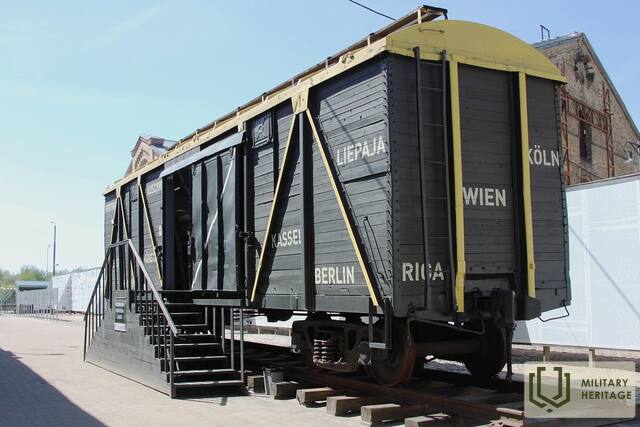
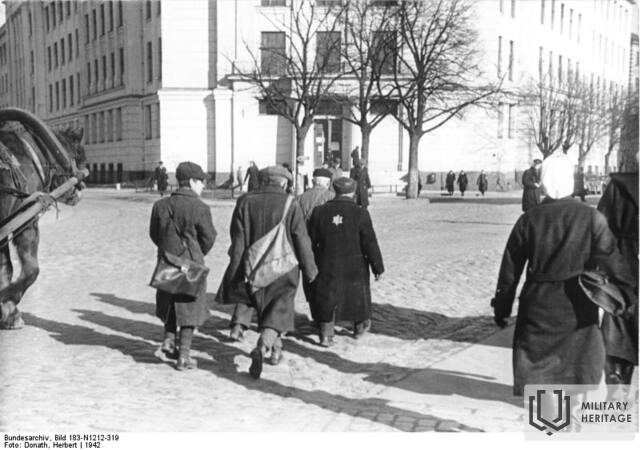
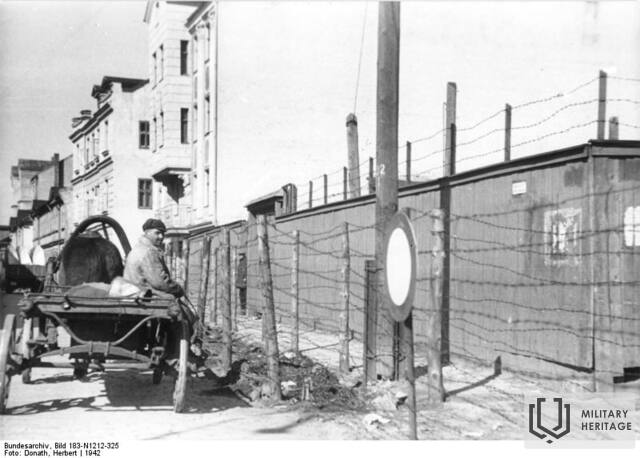
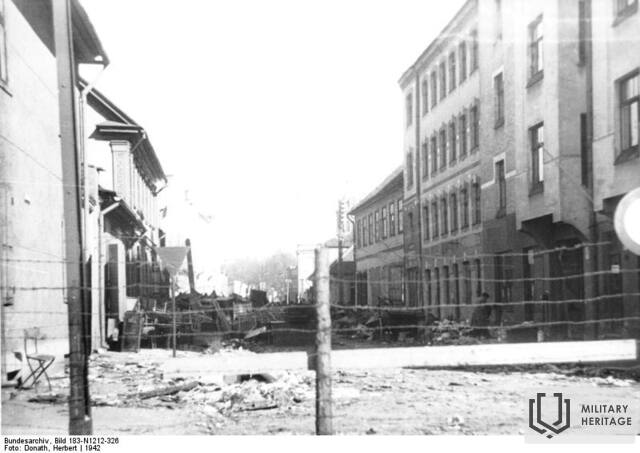
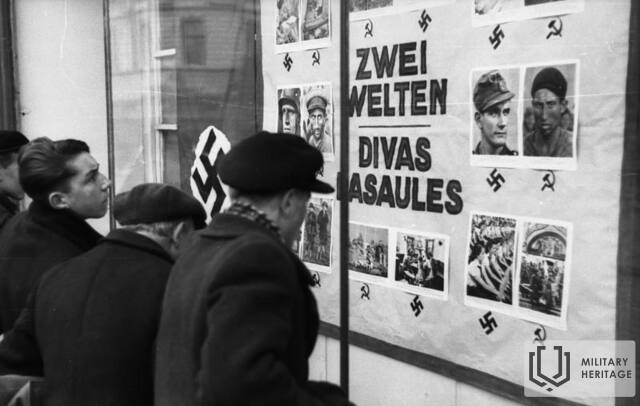
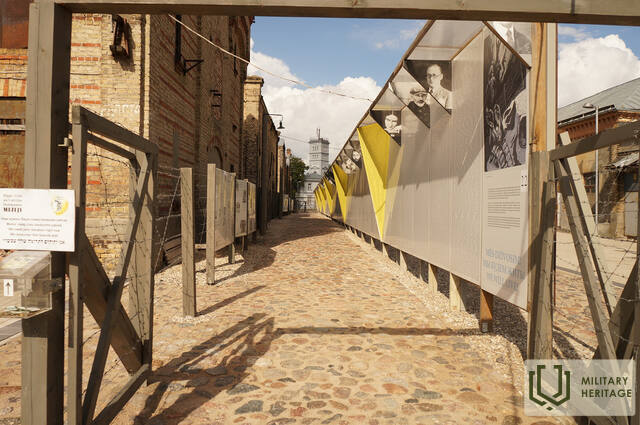
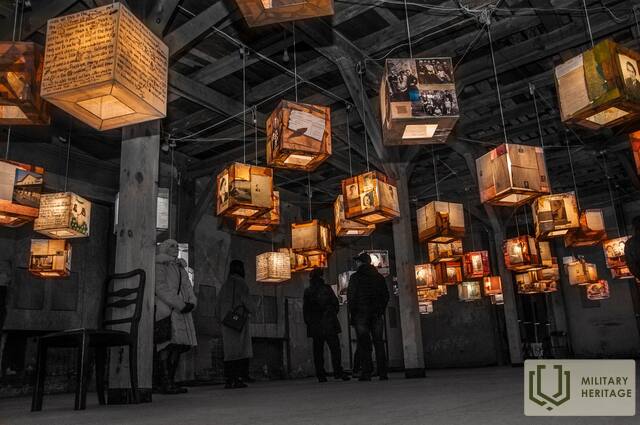
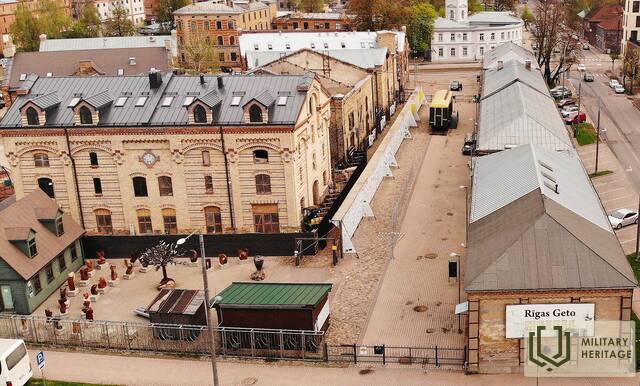











Dear Sir or Madam, I am following the last traces of: Norbert Kronenberg, born on August 4th, 1908 in Hanover / Germany, on December 15th, 1941 with 1000 other German Jews under the transport number 461 of the deportation list from Hanover to Riga deported. A survivor of this train had met Norbert K. in Salaspils and later testified in Hanover. Today, September 11, 2022, I was in the museum for about 6 hours - I was very impressed and deeply affected by everything - but I did not find Norbert Kronenberg's name on the large white board under the Hanoverian deportation group. Norbert Kronenberg belonged to our family, he worked as a radio mechanic for my father-in-law H. Menzel in Hanover. We set a stumbling block for him in Hanover and handed over his most important personal belongings to the "ZeitzeugenZentrumZivilcourage" for the public. I'm flying back to Germany on September 21st. I would be very grateful if I could hear from you on this matter. - I greet you kindly. - Klaus Schlueter